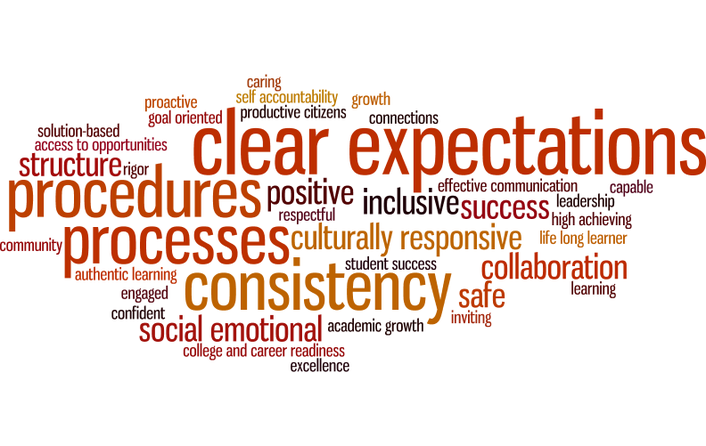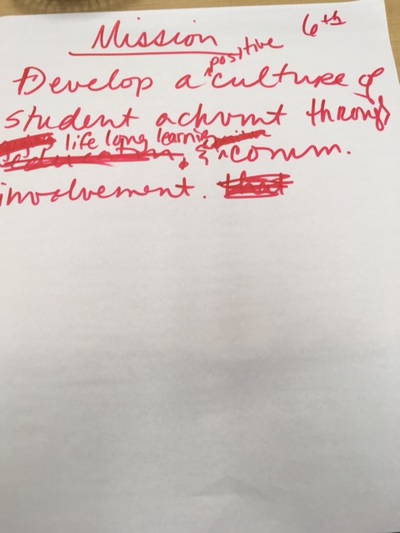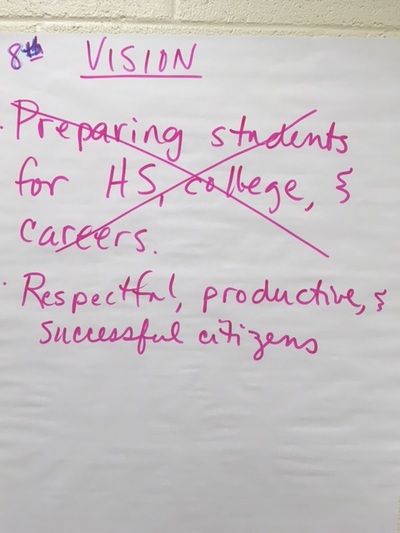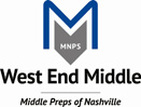 During my first year of teaching 8th grade math and science, I decided to put my students into cooperative groups for a math project. I was trying something new and even had my university supervisor coming to observe me. (In KY new teachers are observed at least 9 times a year by principal, mentor teacher, and university supervisor.) Dr. Maya Angelou has a quote, "When you know better you do better." Well, let's just say that when the lesson where I used cooperative groups was observed, I had ALOT to learn. I had basically put students together and said, "cooperate". I lacked structures, strategies, and principles for facilitating the cooperative learning process. Today, there's research about the importance of leveraging collaboration and social capital in schools (Hargreaves & Fullan, 2012; Hattie, 2015) for improving student success. However, just like I did in my classroom, educational organizations are putting teachers together in common planning time and saying, "collaborate." How well do you think this is working? The collaborative inquiry process is a tool for providing structures, strategies, and group dynamic principles to help teams move from dialogue, to discussion, to decisions. The best part is that voices are heard and ownership is fostered, so that the actions really occur. Let me share with you an example last week, November 8th from Murrell School where the TELL survey data was used with faculty to make recommendations for improving culture and climate. They made some excellent recommendations for supporting student success. Here's what Susan Siegel, Executive Principal of Murrell School, shared about the process: "It was wonderful! I loved the process, and learned great strategies in working with staff. I talked to several teachers and they really appreciated the steps taken, and felt all voices were heard. Many also said they were pleased that we had a plan to ensure changes. All said you did a terrific job and thought the entire PD was exciting and energizing." You can read more about Murrell's work at http://www.mnpscollaboration.org/murrell--culture-and-climate-2016-2017.html. Thanks Murrell for inviting me to be part of the conversation. I look forward to continued collaboration. If you and/or your school is interested in learning more about the collaborative inquiry process for fostering data conversations, please feel free to contact Margie Johnson at margie.johnson@mnps.org. References: Hargreaves, A. & Fullan, M. (2012). Professional capital: Transforming teaching in every school. New York City, NY: Teachers College Press. Hattie, J. (2015). What works best in education: The politics of collaborative expertise. Retrieved from https://www.pearson.com/content/dam/corporate/global/pearson-dot-com/files/hattie/150526_ExpertiseWEB_V1.pdf
0 Comments
Activating and Engaging |
| Sitting in quads, a jigsaw strategy was used to process information in an article about vision and mission statements. Vision and Mission Article |
Organizing and Integrating
Draft Vision and Mission Statements
Email Subscription
Click HERE to subscribe to receive emails for the blog posts.
Archives
February 2018
January 2018
December 2017
November 2017
October 2017
September 2017
August 2017
July 2017
June 2017
May 2017
April 2017
March 2017
February 2017
January 2017
December 2016
November 2016
October 2016
September 2016
August 2016
July 2016
June 2016
May 2016
April 2016
March 2016
February 2016
Categories
All
Agenda Template
Behavior Plan
Central Office
Collaboration
Collaborative Professionalism
Collective Efficacy
Community Of Practice
Community Partners
Component A
Component B
Component C
Conference Presentations
Culture
Data Guide
Equity And Diversity
Evaluation Plan
Exceptional Education
Family Engagement
IC Map
Laura Lipton
Leadership
Leading Collaborative Teams
Literacy
Maximizing Time
Mission
MNPS Data Warehouse
NAZA
PreK
Psychological Safety
REL Appalachia
Relational Load
Research
School Spotlight
SEL
SIP
Social Capital
TDUS
Trust
Vision
Welcome
Workshop Materials












 RSS Feed
RSS Feed





